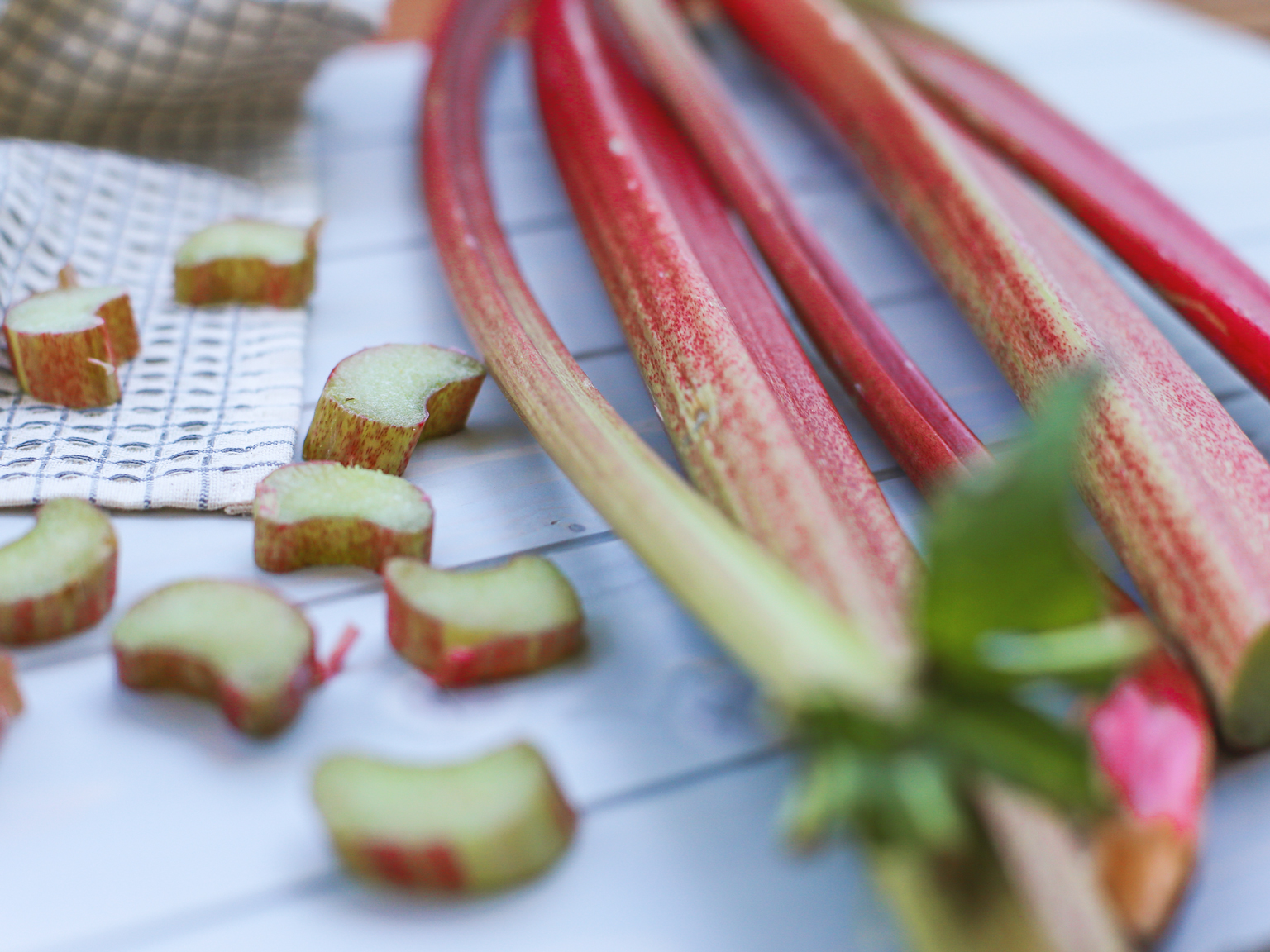If you know little about this vegetable with watermelon pink stems and pale green leaves, it’s no wonder. It looks like celery but only it’s thicker and redder. The culinary use of this plant has begun “just recently”. Actually, the first use of rhubarb was recorded in the late 18th century, which from a culinary perspective is indeed a new ingredient for European cuisine. But what’s new to one, is the old story for others. In the Middle East rhubarb was a much familiar thing since the 10th century and in China people knew it since ancient times.
And what we know since ancient times is that the bitterness and grassiness of rhubarb can be perfectly mixed with the sweetness of honey. This blend is near to perfection and one of the best ways to try it is in liquid form. That’s right, we are going to make honey rhubarb-ade (like the lemonade but without lemons) that will surely get to the top of your own list.
Rhubarb limonade
You’ll spend less than 10 minutes of active time preparing this drink that will be thrilling your taste buds till the end of the summer. Wash and cut enough rhubarb to collect 3 cups of it. Toss in a pot, pour 1 L / 1 quart of water over it and cook everything for 30 minutes at a light simmer. Strain rhubarb water into a bowl, add 2-3 Tbsp of honey, a pinch of salt, and give it a stir. Let cool in a fridge, that’s it. The light, refreshing drink is ready. Serve chilled and chill, too.
In many countries in Eastern Europe, people sometimes cut rhubarb stalks, mix them with sugar, boil in water and drink the resulting beverage warm. It’s called kompot. Don’t confuse it with compote which is a simply fruity sugary sauce.
By the way, it’s made almost the same way as the described above rhubarb-ade. Chop 1 kg / 2 lbs of stalks, combine them with 150 gr / ¾ cup of sugar, and 120 gr / ½ cup of water in a pot with a pinch of salt, peel of half an orange or lemon. Start cooking and continue until rhubarb disintegrates completely. Remove from the heat, add ½ tsp of vanilla extract and cool in a fridge.
This thing is so delicious, you’d definitely want to try it on everything from morning porridge and granola to the Greek yoghurt and a slice of warm soft bread smothered with butter. Yum.











What do you think?